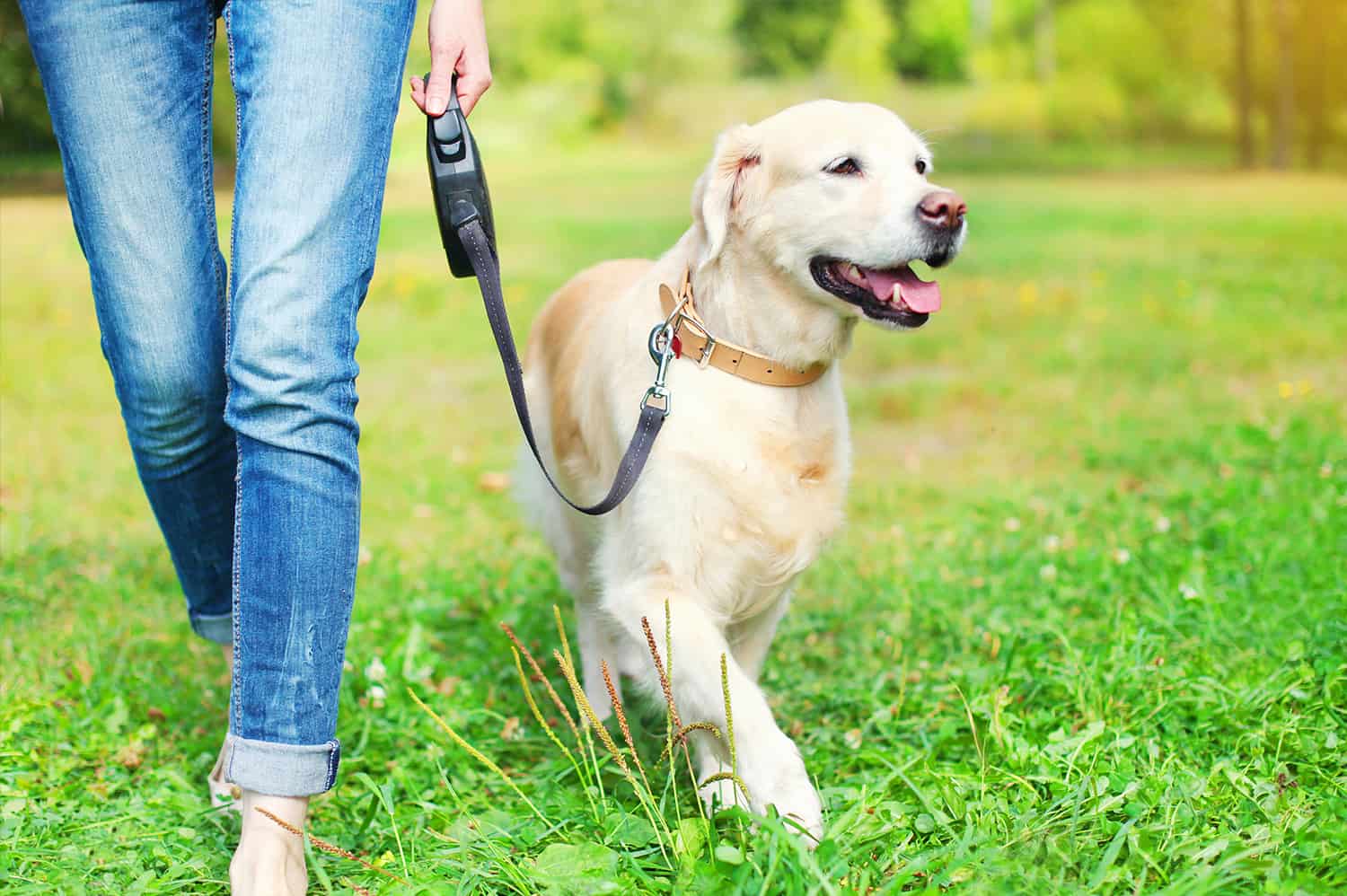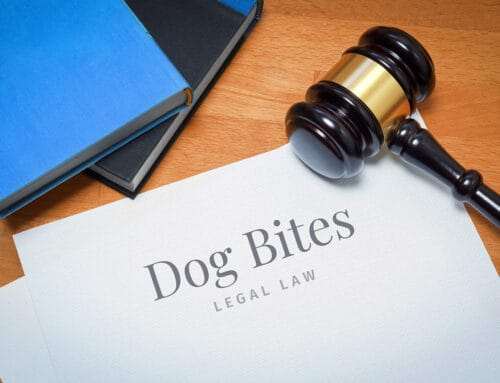This article has been updated as of January 18, 2024 to more recent data.
Dog bite injuries run the gamut from inconsequential to permanently damaging to fatal. They can cause anxiety, pain, infection, bruising, scars and post-traumatic stress disorder. Nobody wants to become a dog-bite victim, yet approximately 4.5 million Americans suffer a canine bite every year. Unfortunately, more children than adults endure bites requiring medical treatment.
California’s Strict Liability Law Makes the Owner Responsible
If you have sustained a dog bite in California, the dog’s previous history of aggression does not matter. You can file a personal injury claim against the dog’s owner if these conditions exist:
- The dog bit you rather than jumped on you or pushed you down.
- You did not provoke, mistreat or incite the dog to bite.
- The dog bit you on public property, such as a park, sidewalk or beach, or you had a legal right to be on private property where the bite occurred.
- You file the claim within two years of the date of the bite to meet the California statute of limitations.
If the bite occurred on private property, you had a legal right to be there if the owner invited you, or you were performing a legal duty on the property, such as delivering the mail or taking information for the U.S. Census Bureau.
An Insurance Company May Become Involved
Many dog owners have liability coverage for their animals under their homeowner’s or renter’s insurance policies, but this is not always the case. Some insurance companies require special endorsements to cover animals and may refuse coverage for certain breeds or for a dog with a history of biting.
According to the Insurance Information Institute, homeowner’s insurance companies paid out $1,136 million in 2022 for dog-bite and related claims. If the owner of the dog that bit you has insurance coverage, an insurance adjuster will initially try to negotiate a settlement for the damages you sustained.
The Level of Your Bite May Affect Your Claim
Although you don’t need to prove the dog had a history of aggression, categorizing the level of bite you sustained may still help your claim. For example, Level 1 and Level 2 bites on the scale do not require puncturing the victim’s skin, so the classification may help establish that a dog bite occurred.
If your bite level is higher, it may motivate the dog owner or insurance company to offer an immediate settlement rather than risk going to trial. While it’s never possible to accurately predict what a jury might decide, a documented high-level dog bite with the pain that accompanies it often promotes sympathy.
An official determination of a Level 3 or Level 4 dog bite lends authority to the diagnosis, medical bills and future treatment plans and therapy. Learning the number of punctures and depth of the bites brings home the severity, risk and trauma the victim endured.
Documentation of Your Bite Is Vital
Dog bites and resulting physical damage and infection are serious health issues, and your first priority is always to seek immediate medical attention.
Although it is difficult in the midst of a traumatic situation, obtaining photos or videos of the dog-bite scene and the injuries and wounds is also important. If you are unable to complete this task yourself, ask a family member, friend or even a bystander to help. If you cannot acquire pictures at the scene, request that the medical professionals who treat you document your injuries with photos.
Another critical activity is obtaining the dog owner’s name and details and the name and contact information of any witnesses. You also want to jot down your impressions of what transpired while everything is still fresh in your mind.
A Knowledgeable Personal Injury Lawyer Can Help
When it comes to understanding California dog bite laws and negotiating insurance settlements, the Law Offices of Brent D. George provides years of experience and expertise. Call the law offices today at (805) 494-8500 to schedule a free consultation.






